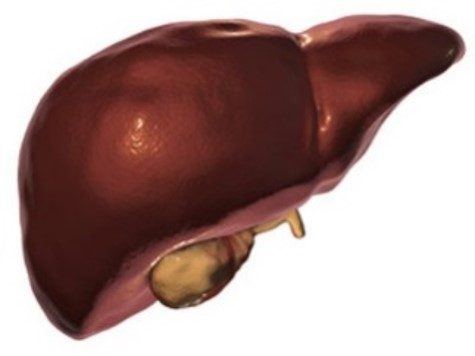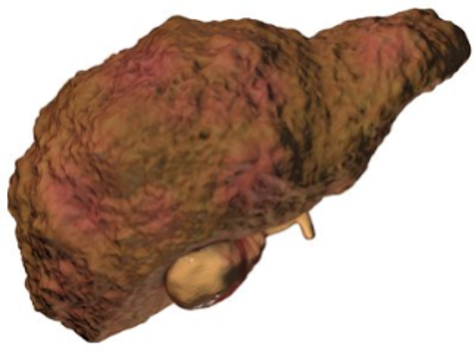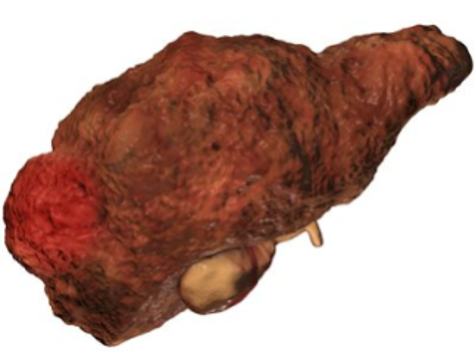Most people are aware of liver problems that arise from excessive alcohol consumption, but there are also many other causes and types of liver disease. Genetics, viruses, toxic substances, diet, and other lifestyle factors all influence liver health. A variety of symptoms can develop when liver function is compromised. Cirrhosis, liver cancer, and chronic liver failure are some of the most advanced, life-threatening consequences. In the USA approximately 14,000 people currently require a liver transplant due to these conditions, but many will die waiting for a transplant. And, those numbers are dwarfed by the more than 14 million individuals worldwide afflicted by the main type of liver cancer – hepatocellular carcinoma (HCC). With a 5-year survival rate of less than 15%, and causing approximately 350,000 deaths per year, HCC is the 4th leading cause of cancer-related death. More must be done to reduce liver disease and its devastating impacts.
”“Nearly 45% of all deaths in the developed world are attributed to some type of chronic fibroproliferative disease. Therefore, the demand for antifibrotic drugs that are both safe and effective is likely to be enormous”
Wynn TA, J Clin Invest., 2007
Liver Disease Progression
Most people are aware of liver problems that arise from excessive alcohol consumption, but there are also many other causes and types of liver disease. Genetics, viruses, toxic substances, diet, and other lifestyle factors all influence liver health. A variety of symptoms can develop when liver function is compromised. Cirrhosis, liver cancer, and chronic liver failure are some of the most advanced, life-threatening consequences. In the USA approximately 14,000 people currently require a liver transplant due to these conditions, but many will die waiting for a transplant. And, those numbers are dwarfed by the more than 14 million individuals worldwide afflicted by the main type of liver cancer – hepatocellular carcinoma (HCC). With a 5-year survival rate of less than 15%, and causing approximately 350,000 deaths per year, HCC is the 4th leading cause of cancer-related death. More must be done to reduce liver disease and its devastating impacts.
Some types of liver disease, especially those that are genetically inherited, present early in life and have a relatively rapid onset and progression. More commonly, liver disease develops over many years, often going unnoticed until later in life when significant damage to the liver has already occurred.
At a microscopic level, a progressive series of events (pathologies) occur in response to disease triggers such as excessive alcohol, poor diet, toxic chemicals, virus infections, etc. These pathological processes can be categorized into 4 basic types – cell injury, inflammation, fibrosis, and carcinogenesis. The prevalence of each phase can vary, depending on the disease triggers, but eventually a threshold of liver dysfunction and damage is reached that results in disease symptoms.
Cell Injury
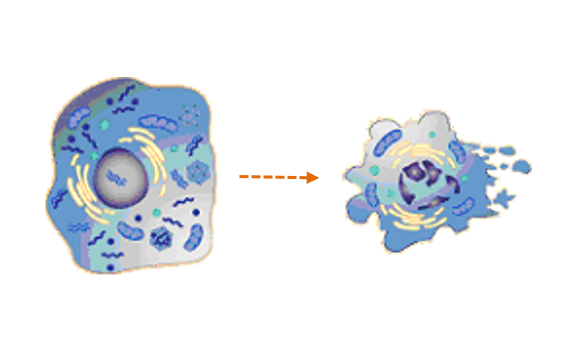
- Cells become dysfunctional or die due to fat deposits, virus infection, alcohol, or other toxic agents
- Can cause genetic mutations that predispose to development of cancer
- Impairs liver function and creates “damage/danger” signals that initiate inflammation and fibrosis
Inflammation
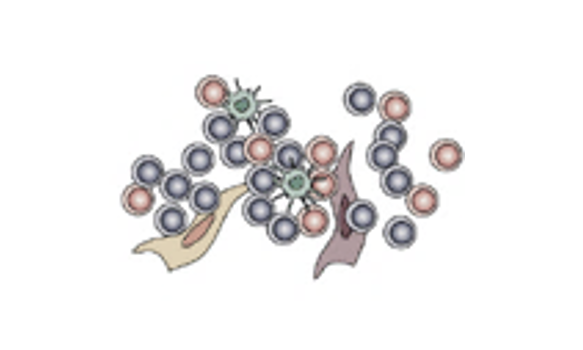
- Inflammatory cells such as leukocytes and macrophages are recruited and activated in the liver in response to signals generated by injured liver cells
- Excessive/inappropriate inflammatory responses exacerbate injury to the liver
- Represents the “hepatitis” phase of disease
Fibrosis
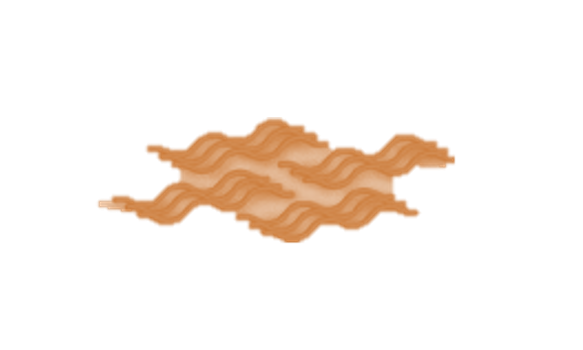
- Also described as scarring, represents a common response to injured tissue
- Characterized by deposition of extracellular matrix, especially collagen fibers
- Primarily responsible for disruption in liver architecture and function
- Common during the cirrhotic phase of disease
Carcinogenesis
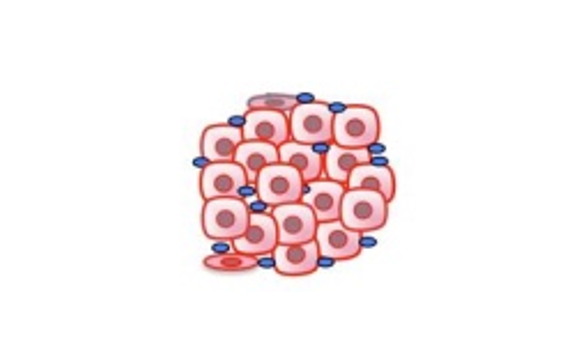
- Development of cancerous tumors, especially hepatocellular carcinoma (85% of primary liver cancers)
- Tumors usually possess genetic mutations
- Most commonly associated with inflammation, fibrosis, and cirrhosis

